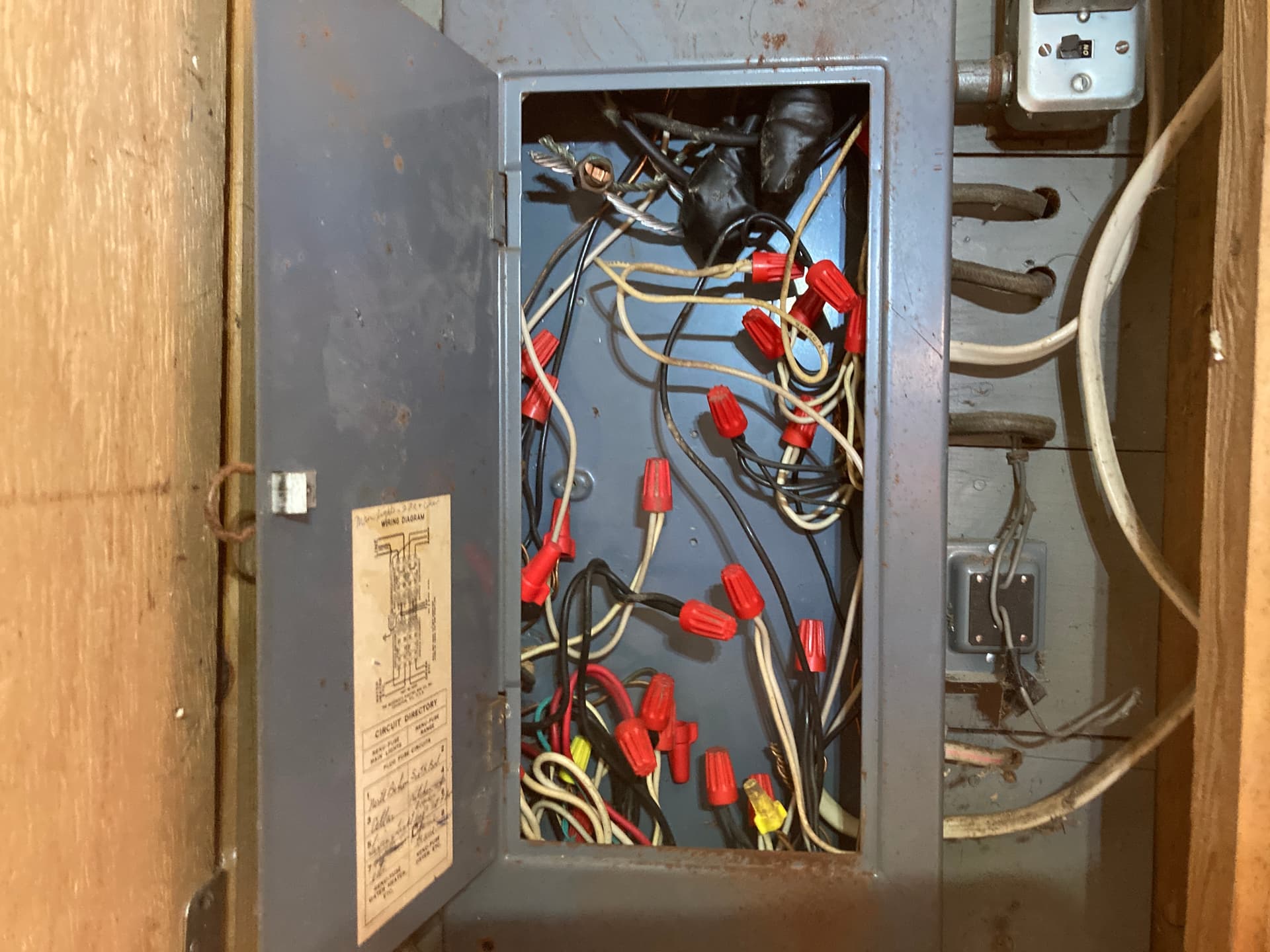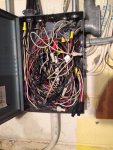What are the uses of the closed junction box
Closed Junction Boxes
The closed junction box is a common part of an electrical wiring system. Usually made of metal, it provides a protective covering for the wiring inside.
These boxes are used for a variety of purposes, from wiring connections to adding light switches and receptacles. They also provide a place for electrical components to be stored, protected and easily accessible.
Wiring Connections
The closed junction box is a very useful device that allows you to make wiring connections in your home or commercial building. It is a standard part of any electrical conduit or thermoplastic sheathed cable (TPS) wire system and can be found in ceilings, under floors, or behind an access panel.
The cover of the junction box is either visible or buried into the plaster, and it usually contains sockets for power input, switches, and connection wires. The cover is an essential part of the unit and it protects the internal wires from dirt, dust, moisture, and sparks that could occur if the junction box is left open.
Wiring that has been spliced together and concealed within a wall without an accessible junction box should never be done, because it can result in dangerous circuit overload. It is also an extremely common problem for home inspectors to find during a house inspection.
There are several different types of junction boxes, and each one has its own set of specific features. These malleble box include the number of wires that can be enclosed in the box, where these boxes should be located, and how they should be covered.
Many electrical codes specify details that describe these things in fine detail. These rules ensure that the boxes are properly sized for the wires and that they are covered in a manner that is safe and meets code requirements.
These codes also require that the wiring be properly connected to the terminals inside the box. This helps prevent circuit overload, which can lead to a fire in your home or business.
Another important aspect of this type of wiring is that the junction box must be made from a material that resists weather and moisture. Plastics are the most common, but metals are also available.
This is especially the case if you live in an area with high temperatures and frequent rains. This can cause the wiring in the box to corrode, which can then affect the safety of your property and those who work in or near it. The simplest way to protect the wires is to use a weatherproof metal junction box that has a cover.

Light Switches and Receptacles
A closed junction box can be used to make a variety of light switches and receptacles. These devices can be a nice addition to any room or house. They can be customized to match the trim colors in the room, or they can be a contrasting touch that draws the eye to other features in the area.
Switches are wire connections that control the lights in a room, typically for an amount of time you set or for a manual override that allows the switch to be turned off manually when no one is in the room. In some cases, switches can also be connected to the circuit to control devices such as ceiling fans or a thermostat.
Electrical switches and receptacles can be purchased in a wide range of shapes, sizes, and finishes. They can be stacked on the same plate or placed on different plates in order to achieve a unique look, depending on your needs and personal style.
Normally, only one wire will need to be terminated on each device terminal screw. If there are multiple terminal box conductors in the circuit, use a pigtail to connect them together.
These pigtails can be found in a variety of colors, including green and copper. They're used when there are more than three wires in the circuit and they help to keep the connections secure.
The pigtails are also handy when there's a need for additional devices to be connected to the same plate. They can be purchased in a variety of sizes, and they're easy to install.
Some switches and receptacles are designed to make stab-in connections, which means that the stripped end of the wire is inserted into a hole, then a screw is tightened down to lock the wire in place. This connection is acceptable, but it should not be a replacement for standard side screw terminals, as these are more reliable and safer to use.
If you're installing switches and receptacles in a new home, it's a good idea to consult with an electrician to ensure that the wiring is up to code and that all the electrical equipment is installed safely. This will save you a lot of headaches in the long run and can protect the safety of your family and other people in your house.
Box Extenders
Box extenders are metal or plastic rings available in a variety of sizes and depths to fit snugly around or just inside an existing box. Their primary function is to make a junction box flush with the wall surface, creating a code-approved enclosure for wire connections.
They can be a bit trickier to install than you might think, especially if the box is located in a hard-to-reach spot or a tight space where wires are tucked away in the rafters. To get the job done right, you'll need to measure the space you have to work with, the height and width of your box and the setback you're looking to create.
A well-designed box extender should have a solid cover that is not merely functional, but also looks and feels like it was part of the original installation. Typically, this means a solid polycarbonate, tempered glass or stainless steel material that is made to last the lifetime of the project.
The best box extenders are the best-looking ones, and come in a variety of sizes to suit your specific needs. While the most common box extender sizes include 1", 2" and 3" boxes, you can find ones in a wide range of shapes, including octagons and round cases to accommodate any wiring application.
The most impressive of all the types of box extenders is the one that has a solid cover with no holes in it, as this will provide you with the most safety and convenience during installation and later maintenance. This should be the clear winner over those with only a few small openings, and will serve you well for years to come.]

Electrical Safety
A closed junction box (also known as a splice box or switch box) is an electrical enclosure that surrounds the spot where wires join together. Its main function is to protect electrical connections and keep people and animals from getting burned or electrocuted by them.
Most houses have a junction box in the electrical panel, and it can be installed by a licensed electrician or contractor. When doing electrical work, it is important to follow electrical safety rules to avoid accidents. These rules include wearing protective gear, turning off power before beginning any electrical work, and avoiding contact with any electrical equipment that may be damaged or leaking electricity.
One of the most common electrical safety violations found in a home during an inspection is an open or missing junction box. These boxes need to be covered and sealed in order to comply with both the electrical code and fire code.
When working on a junction box, it is best to wear gloves and eye goggles. These intersection box materials can prevent stray wire fragments from getting in your eyes, and can also prevent you from accidentally touching the hot wires.
Before sealing a closed junction box, it is best to push all of the wires inside before putting it on. This helps to avoid a short circuit that could ignite the wires and light up your house.
In addition, it is essential to make sure that the box is made of a flame-resistant material with a UL 94 flame rating. This rating means that the box has been tested to self-extinguish in the event of a fire.
Commercial applications like warehouses and DCs often require a junction box with an impact-resistant build and enough space for large numbers of connections. This is because their electrical wiring connections are often exposed to a variety of environmental conditions such as wind, rain or even corrosive salt water.
Most of these enclosures use NEMA or IP ratings, which measure their protection from weather and a range of other factors. The right NEMA or IP rating will depend on local commercial electrical codes. However, in general, these ratings are a good indicator of how well these enclosures can stand up to the environmental conditions they will be exposed to.
Comments
Post a Comment